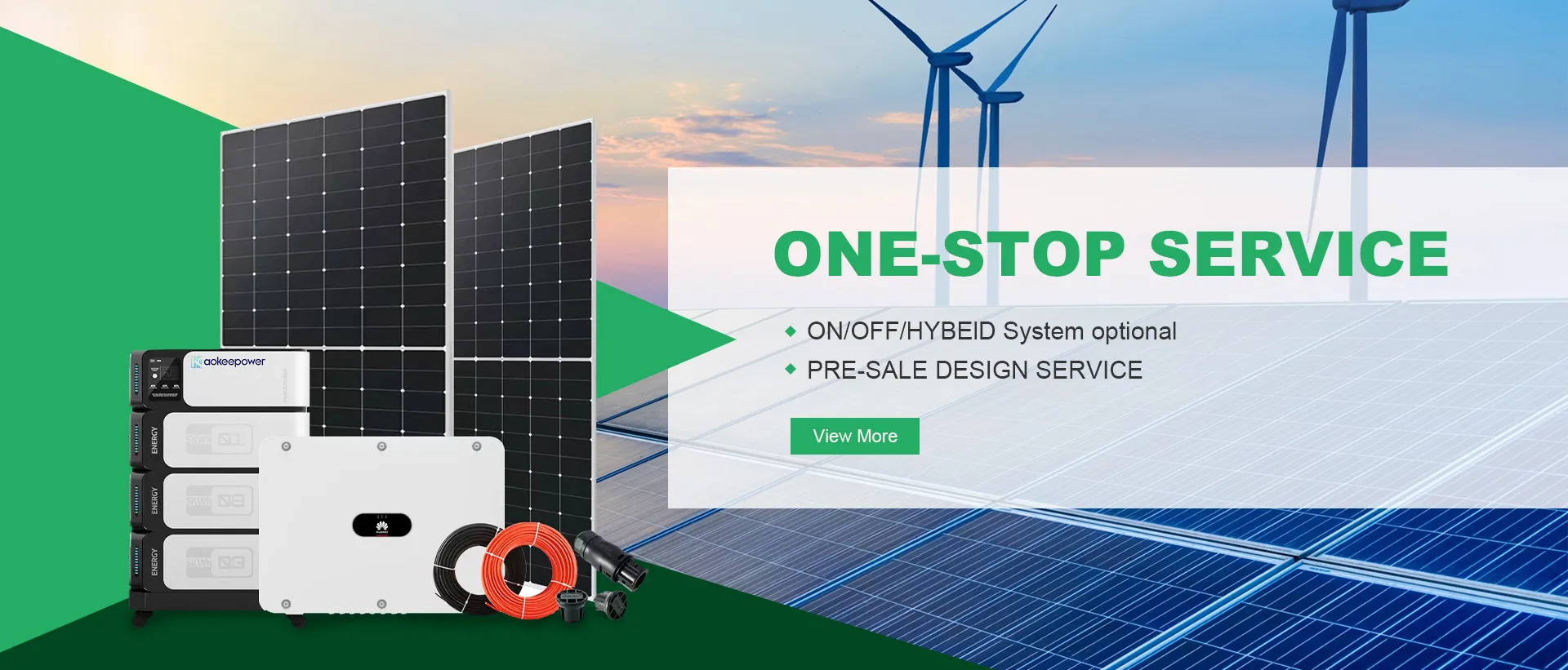double sided solar panels
The Advantages of Double-Sided Solar Panels
As the world continues to seek sustainable and renewable energy sources, solar power has emerged as one of the most effective solutions. Among the various innovations in the solar energy sector, double-sided solar panels, also known as bifacial solar panels, have gained considerable attention. Unlike traditional solar panels that capture sunlight from only one side, double-sided panels can absorb sunlight from both the front and back sides. This innovative design holds the potential to significantly enhance the efficiency and output of solar energy systems.
Enhanced Efficiency
One of the primary advantages of double-sided solar panels is their enhanced efficiency. With the ability to capture sunlight from both sides, these panels can generate more electricity than their single-sided counterparts. The rear side of the panels can harness reflected light from surfaces such as the ground, water, or nearby structures. In fact, research suggests that bifacial solar panels can boost energy production by 10% to 30%, depending on the environment. For instance, installations in snowy or sandy areas can capitalize on albedo effects, where light is reflected from the ground back towards the panel, further increasing energy output.
Cost-Effectiveness
While double-sided solar panels may have a higher initial cost compared to traditional panels, their increased energy generation can lead to greater long-term savings. By producing more electricity, these panels can shorten the payback period for solar installations, making them a cost-effective choice in the long run. Moreover, the durability and longevity of bifacial solar panels, often designed with higher-quality materials to withstand environmental factors, can result in lower maintenance costs over time.
Versatile Applications
Another significant advantage of double-sided solar panels is their versatility. They can be integrated into various installations, including residential rooftops, commercial buildings, and large utility-scale projects. Bifacial panels can also be utilized in ground-mounted systems, especially in areas where land is not a limiting factor. Their ability to harness reflected light allows for greater flexibility in installation design, making them suitable for a wide range of environments, such as desert regions or areas with limited sunlight.
double sided solar panels

Environmental Impact
The increased efficiency and energy generation of double-sided solar panels contribute positively to environmental sustainability. By harnessing more energy from the same amount of sunlight, these panels can reduce the need for additional land for solar farms, thus minimizing the ecological impact. Furthermore, the reduced reliance on fossil fuels for electricity generation helps to mitigate greenhouse gas emissions, aligning with global efforts to combat climate change.
Implementation Considerations
Despite their many advantages, the implementation of double-sided solar panels does come with certain considerations. The effectiveness of these panels largely depends on the installation environment and the potential for light reflection. Sites with high albedo surfaces, such as white roofs or sand, can significantly enhance the performance of bifacial solar panels. However, in environments with minimal ground reflectivity, the benefits may be less pronounced.
Another consideration is the mounting structure. To maximize the efficiency of double-sided panels, they often require specific tilt and orientation so that both sides can be equally exposed to sunlight and reflections. This may necessitate additional engineering and design efforts compared to standard solar panel installations.
Conclusion
Double-sided solar panels represent a promising advancement in solar energy technology, offering enhanced efficiency, versatility, and long-term cost savings. By capturing sunlight from multiple angles, these panels can significantly increase electricity generation, making them a solid investment for various solar applications. As the global demand for clean and renewable energy grows, bifacial technology could play a vital role in maximizing solar power potential while contributing to environmental sustainability. With careful consideration of installation conditions and site-specific factors, double-sided solar panels can help pave the way for a brighter, more sustainable future.
-
String Solar Inverter: The High-Efficiency Solution for Smart Solar EnergyNewsJul.14,2025
-
Revolutionizing Rooftop Energy with the Power of the Micro Solar InverterNewsJul.14,2025
-
Power Independence with Smart Off Grid Solar Inverter SolutionsNewsJul.14,2025
-
On Grid Solar Inverter: Powering the Future with Smart Grid IntegrationNewsJul.14,2025
-
Monocrystalline Solar Panels: High-Efficiency Power for the Future of Clean EnergyNewsJul.14,2025
-
Bifacial Solar Panel: A Smarter Investment for Next-Generation Energy SystemsNewsJul.14,2025







